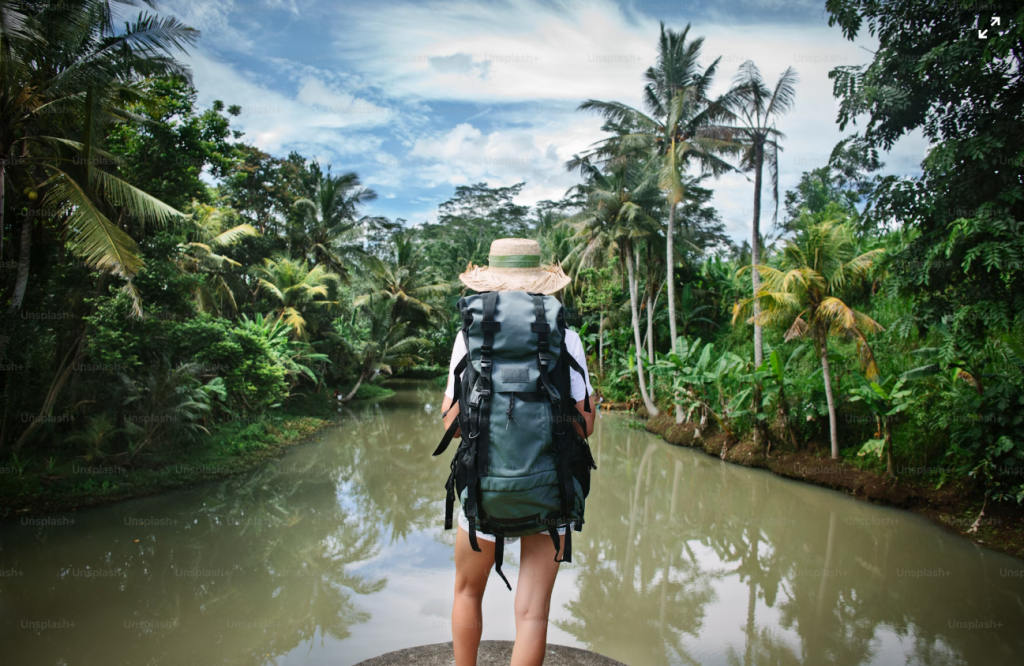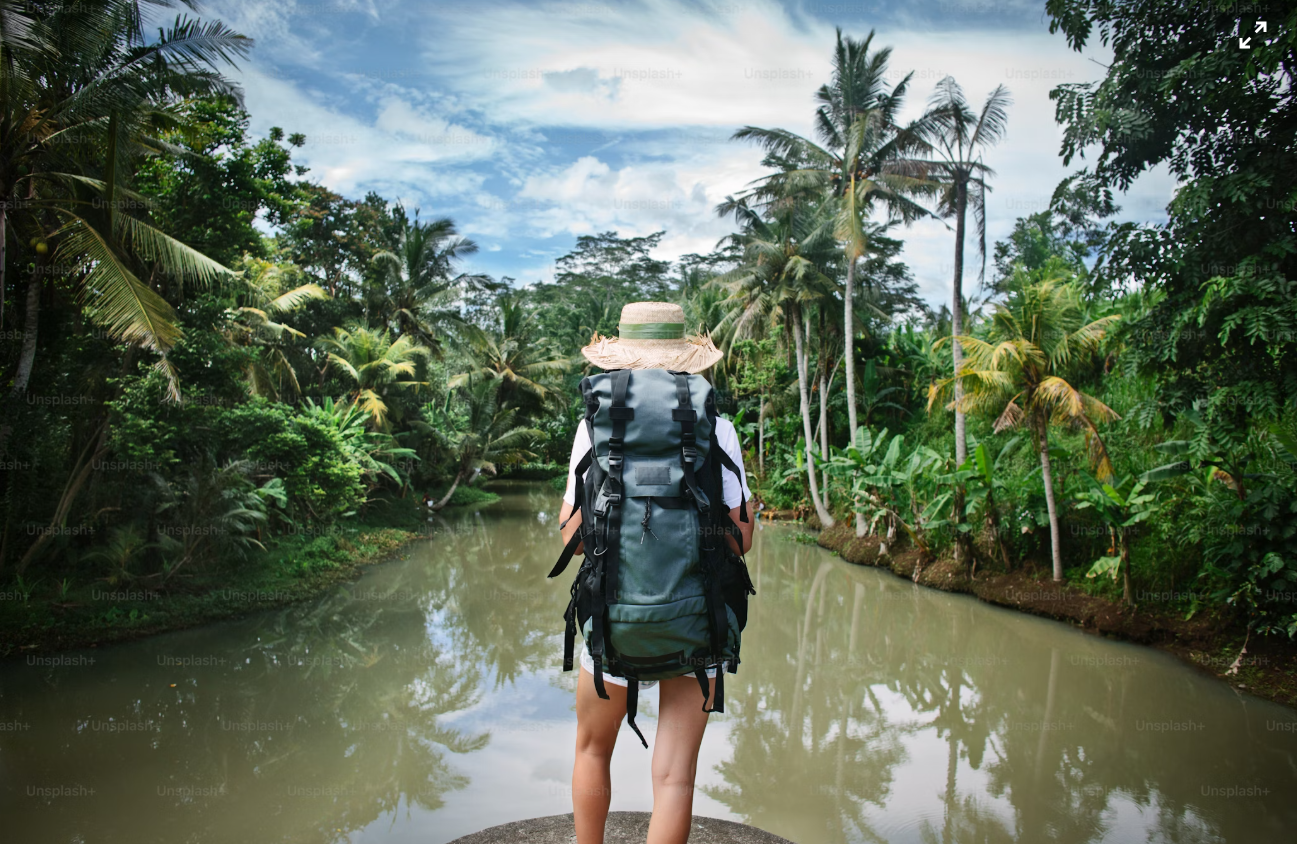Introduction: The Appeal of Solo Travel
Solo travel is no longer reserved for seasoned adventurers or brave-hearted explorers. With the rise of social media, increased safety measures, and the availability of travel apps, more and more people are choosing to travel alone. But what exactly is so appealing about striking out on your own?
First off, solo travel offers a unique sense of freedom. There’s no need to compromise on destinations, activities, or daily plans. You can choose what interests you, with no distractions or debates. Additionally, it allows you to immerse yourself more deeply in the culture, as you’re fully open to new experiences.
The benefits extend beyond just personal growth. Solo travel boosts self-confidence, fosters independence, and encourages reflection. Whether you want to relax by the beach, explore a bustling city, or hike through scenic landscapes, solo travel lets you experience it all on your terms.

Planning Your Solo Adventure
Before heading off on your solo adventure, careful planning is key.
Choosing the Right Destination for Solo Travel
Not all destinations are created equal when it comes to solo travel. Some cities are safer and more welcoming to solo tourists, while others may present challenges for the lone traveler. Research places known for being solo-friendly, with reliable public transportation, safe neighborhoods, and a vibrant traveler community.
Researching the Local Culture and Customs
Before arriving, it’s essential to understand the local culture and customs. This doesn’t just mean learning the local language; it also involves understanding dress codes, local food practices, and cultural taboos. By respecting these norms, you’ll avoid awkward situations and truly connect with the locals.
Budgeting for Your Solo Trip
One of the joys of solo travel is that you have full control over your budget. Whether you’re a backpacker looking for cheap hostels or someone craving luxury accommodations, plan accordingly. Don’t forget to factor in food, transport, entertainment, and potential emergencies. A little extra cushion can go a long way if things don’t go as planned.
Packing for Solo Travel
Essentials to Pack for a Solo Trip
Packing light is a game-changer when traveling solo. Essentials include your passport, credit cards, phone, camera, basic toiletries, and clothing that suits the destination’s weather. Be sure to pack versatile clothes that can be worn in multiple ways.
How to Pack Light and Efficiently
Solo travelers often carry their own luggage, so packing light will save you from carrying unnecessary weight. Invest in a small, durable backpack or suitcase that you can comfortably manage on your own. A packing cube system can help organize your clothes, while a daypack is essential for exploring on foot.
Safety Items You Should Never Forget
For safety, consider packing a power bank, a lock for your bag, a whistle, a flashlight, and a portable first-aid kit. These simple tools can make a significant difference in case of emergencies.
Staying Safe While Traveling Alone
General Safety Tips for Solo Travelers
Staying safe is a priority when traveling alone. Stick to well-lit, populated areas at night and avoid walking alone in sketchy neighborhoods. Keep a copy of your important documents, and always have a plan for how to get back to your accommodation.
Using Technology for Safety: Apps and Gadgets
Take advantage of travel apps that help you navigate new places. Google Maps, Uber, and local transport apps can be lifesavers. Additionally, safety apps like bSafe or Find My Friends allow you to stay in touch with family or friends, while GPS trackers can help them know where you are.
How to Avoid Common Scams
Solo travelers are often targeted by scammers, especially in tourist-heavy areas. Be cautious with people offering unsolicited help or deals that seem too good to be true. Avoid carrying large sums of money and use secure ATMs located in trusted areas.
Solo Travel: How to Meet New People
While you may be traveling alone, that doesn’t mean you have to feel isolated.
Connecting with Locals: Do’s and Don’ts
Learning a few basic phrases in the local language can go a long way in building connections. Approach locals with respect, and avoid stereotyping. Most people appreciate it when you show interest in their culture.
Joining Group Tours or Activities
If you’re looking to meet fellow travelers, group activities like walking tours, cooking classes, or adventure sports can be a great way to bond with others. Plus, they provide a chance to explore with guides who know the best spots.
Using Social Media to Find Travel Buddies
Platforms like Facebook or Instagram have dedicated travel groups where you can find others who are visiting the same location. Apps like Meetup also offer opportunities to join local events or social gatherings.
Enjoying Your Solo Travel Experience
One of the most rewarding aspects of solo travel is the chance to explore on your own terms.
Embracing the Freedom of Being Alone
Without the constraints of travel companions, solo travelers enjoy complete flexibility. You can wake up when you want, follow any itinerary you choose, and engage in activities that spark your interest, whether that’s a quiet café visit or an impromptu hike.
How to Stay Positive When Traveling Alone
Solo travel can sometimes feel lonely, but maintaining a positive mindset can help. Embrace the beauty of quiet moments, enjoy the sense of independence, and relish the discoveries you make along the way.
Exploring Uncharted Territories
One of the best parts of solo travel is stepping off the beaten path. Traveling alone allows you to explore places others might avoid or overlook. Go to remote villages, hidden gems, and local markets, where you’ll experience authentic culture firsthand.
Managing Lonely Moments While Traveling Alone
Everyone experiences loneliness at some point, even when surrounded by stunning scenery.
Overcoming Feelings of Isolation
When loneliness strikes, try to stay in contact with friends or family. Plan activities that keep you busy, like visiting museums, taking day trips, or reading a book in a quiet café. Remember that being alone doesn’t mean being lonely.
Staying in Touch with Loved Ones
A quick check-in with family or friends back home can provide a sense of comfort. Use messaging apps, video calls, or social media to keep the connection alive.
Finding Balance Between Alone Time and Socializing
While it’s tempting to spend all your time alone, striking a balance is key. Engage with others when it feels right, but don’t pressure yourself to be constantly social.
Health and Well-being While Traveling Alone
Staying Fit on the Road
Solo travel doesn’t have to mean abandoning your fitness routine. Walking, hiking, and swimming are all excellent ways to stay active. Many hostels or accommodations also offer yoga classes or local fitness clubs to explore.
Eating Well and Staying Hydrated
Healthy eating is crucial while traveling. Try local foods, but be mindful of how your body responds to new dishes. Hydration is also important, especially if you’re traveling in hot climates.
Resting and Getting Enough Sleep
Don’t let excitement or a packed itinerary rob you of sleep. Adequate rest is essential for staying energized and keeping your immune system strong.
How to Handle Emergencies When Traveling Solo
Emergencies are an unfortunate but important aspect of travel.
What to Do in Case of an Accident or Illness
Know
4o

No responses yet